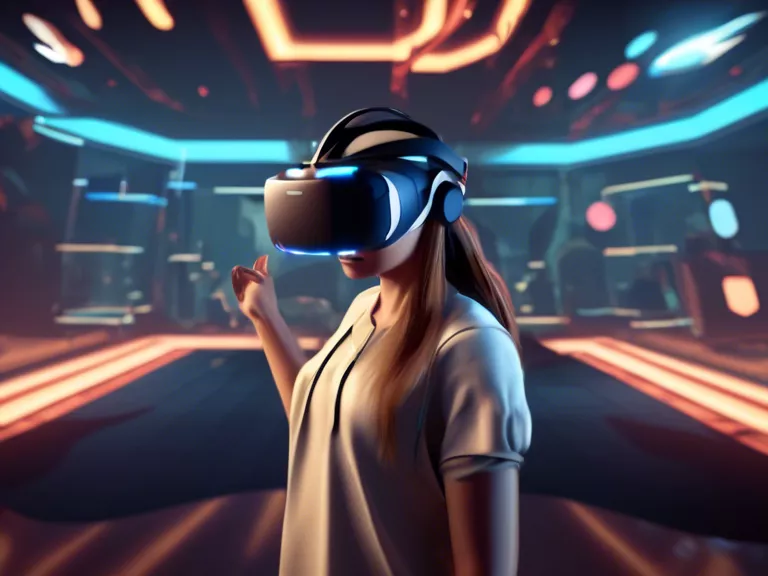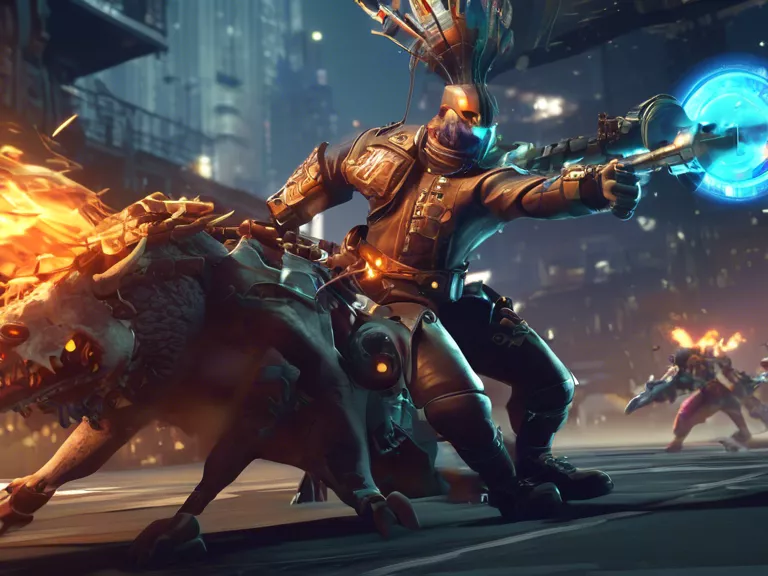
Virtual reality has added a new dimension to the world of gaming, allowing players to immerse themselves in a digital world like never before. But what if you could combine the best of both worlds - traditional gaming experiences with virtual reality elements? In this article, we will explore how to integrate virtual reality elements into traditional gaming experiences.
One way to incorporate virtual reality into traditional gaming experiences is to use virtual reality headsets. These devices can transport players into a new world with stunning graphics and realistic environments. By wearing a VR headset, players can feel like they are inside the game, making the experience more engaging and immersive.
Another way to integrate virtual reality elements is through motion controls. Many virtual reality games rely on motion controls to allow players to interact with the virtual world. By incorporating motion controls into traditional games, players can have a more physical and hands-on experience while still enjoying the classic gameplay they love.
Furthermore, developers can create virtual reality mini-games or experiences within traditional games. These mini-games can provide a break from the main gameplay and allow players to fully experience the potential of virtual reality technology. Whether it's a virtual reality shooting range or a puzzle-solving mini-game, these experiences can enhance the overall gaming experience.
Additionally, traditional games can be enhanced by adding virtual reality features such as 3D audio and haptic feedback. These elements can further immerse players in the game world by making the experience more sensory and realistic. By incorporating these features, developers can create a more engaging and captivating gaming experience for players.
In conclusion, integrating virtual reality elements into traditional gaming experiences can take gameplay to the next level. Whether it's through VR headsets, motion controls, mini-games, or additional features like 3D audio and haptic feedback, there are plenty of ways to enhance traditional games with virtual reality technology. By embracing these elements, developers can create new and exciting gaming experiences for players to enjoy.



